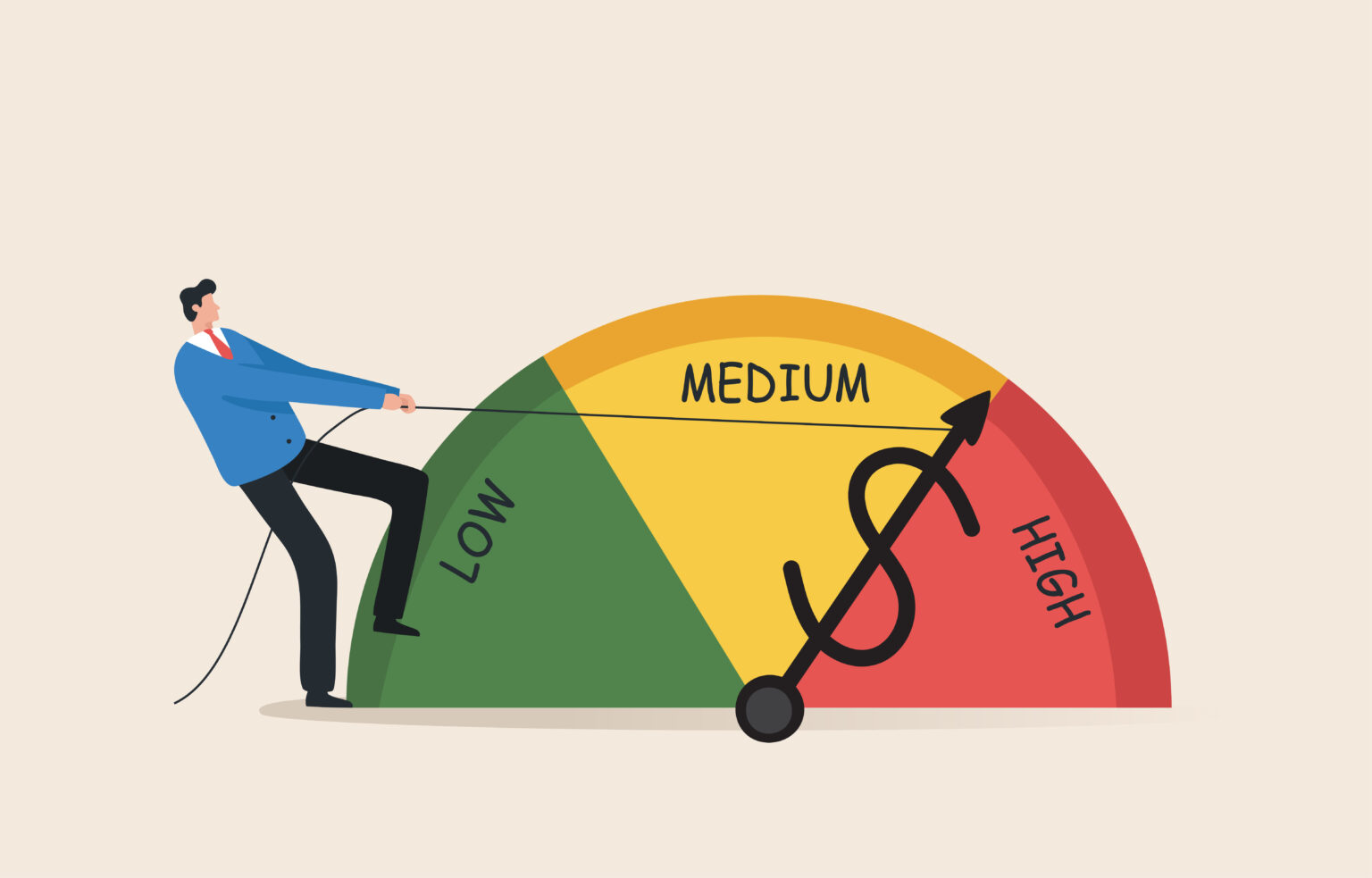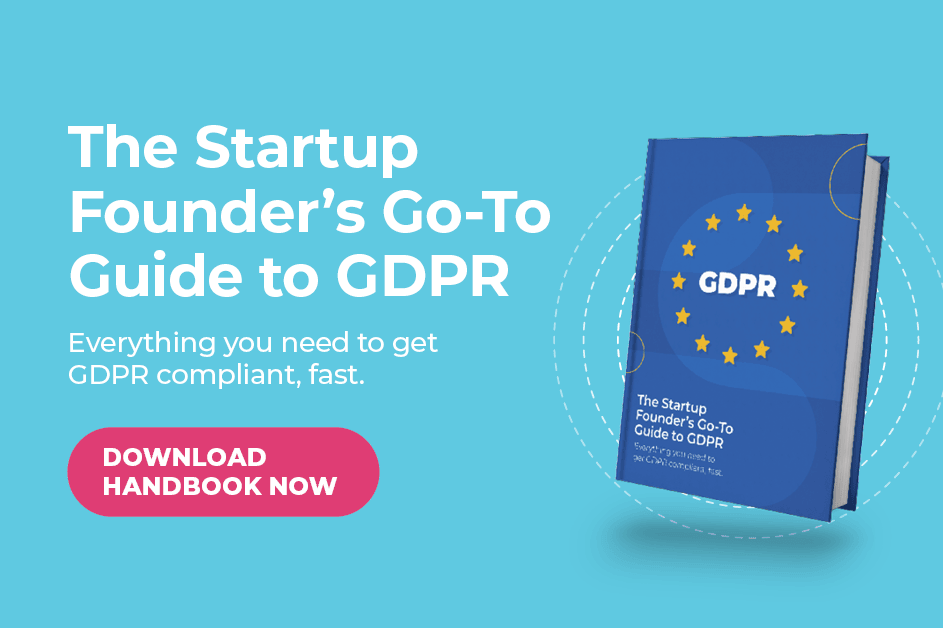What exactly is a risk assessment anyway?
Nearly every company conducts some form of risk assessment. And if you’re a SaaS company, managing risks is key to having reliable and secure systems in place and avoiding any information security disasters. Simply put, during a risk assessment, you will identify, evaluate, and manage risks within your organization’s systems, people, and processes.
A common example of risk is if employees are unaware or don’t understand the company’s policies. When it comes to technology, a big risk is if access privileges are not properly aligned with job roles, which could lead to employees having access to confidential information.
If you’re responsible for the risk assessment, you need to know these two main steps very well:
Gap analysis: this is the part where you identify and assess risk, reviewing your current controls and security posture and identifying any loopholes and risky processes.
Risk treatment: you may know this as the remediation phase, where you will address those shortcomings by either accepting, transferring, mitigating or avoiding the risk. For risks you’re mitigating, relevant security controls should be implemented.
SOC 2 and ISO 27001 risk assessment: so important but so challenging
If you have already gone through a SOC 2 or ISO 27001 audit, you would know very well by now that the risk assessment plays a crucial role in your preparation process and audit success. It really comes down to avoiding security pitfalls through risk prevention.
Unfortunately, risk assessments also have a reputation of being very time-consuming and even complicated. Startups and SOC 2 or ISO 27001 first-timers don’t understand what exactly the process entails or how it should be carried out and therefore leads to incomplete or unsuccessful audits.
But how is a risk assessment conducted? Well, if you’re a CISO, compliance manager, or some type of risk owner, this is usually quite a tedious task for you. You get to enjoy manually mapping out the relevant risks on a detailed spreadsheet, calculating an appropriate risk rating to each (assessing the probability and severity of each risk) and then implementing a mitigation plan.
Sadly, you don’t really have a choice in this matter as risk assessments are a requirement for passing the audit. Which comes to the next question: what do auditors want to see? Your auditor will want to mainly see the risk explanation, risk category (such as technology, people, or customer), risk level (such as ‘high risk’), risk treatment plan, as well as any controls that were then implemented.
But there is some great news for compliance teams! There’s a more efficient, simpler, and faster way of monitoring your risks.
Did someone say automated risk assessments?
Our new automated risk assessment feature is a huge milestone and super exciting for our customers, who can now complete their risk assessment in just one hour, as opposed to days of gathering relevant information, detailing all operations in spreadsheets, analyzing risk, implementing mitigation plans, and manually collecting evidence.
But there’s more! You can now complete your risk assessment totally independently, which makes the process even easier and faster.
So let’s see how this actually all works:
– Users go to their Scytale risk dashboard and complete 3 questionnaires relevant to their organization’s operations.
– The relevant risk deemed for your organization is then automatically pre-populated based on the answers provided.
– Importantly, the most common risk ratings (low, medium or high risk) are then automatically assigned too.
– You can then provide details on any compensating controls you have in place and therefore, your risk profile and rating will be adjusted accordingly if needed.
– A remediation plan is then provided and implemented, with the help of our dedicated advisory team.
– Once you click ‘export’, you will immediately receive the full evidence of the risk assessment results, that are ready for your auditor’s review!
Our automated risk assessment frees our customers from the burden of the once lengthy and tedious risk assessment process, streamlining this vital part of the audit-readiness phase, and making ongoing risk management super easy to monitor. Take a look at what some of our customers have to say about our tool, as well as keep an eye out for more of our regular product updates!










